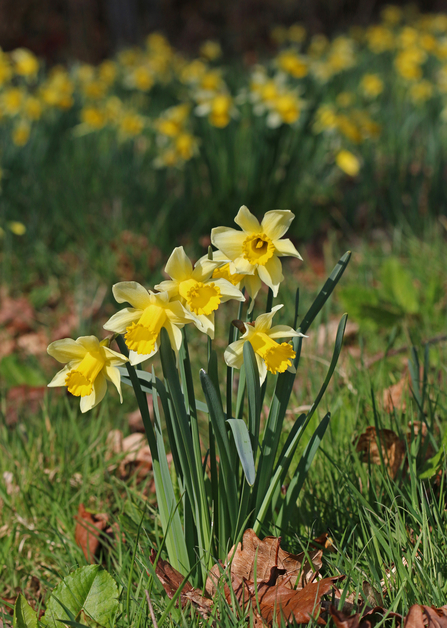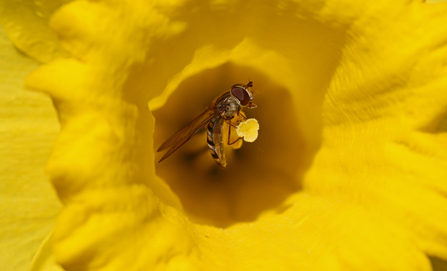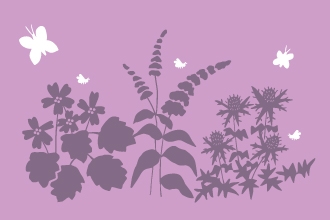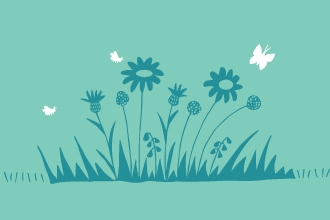I love the blooming of the daffodils in spring - with any luck these bright yellow flowers bobbing around in the breeze not only add a splash of colour but they signal that the depths of winter are behind us.
Dancing daffodils
Wild daffodil by Ross Hoddinott/2020VISION

Wild daffodils by Wendy Carter
Narcissus pseudonarcissus, our native wild daffodil, has a delicate little flower and provides a nice early source of pollen; those lemon yellow petals are wonderfully enticing for bees and other insects that brave an early start. Wild daffodils are still found in a few places in Worcestershire, particularly in the unimproved grasslands and meadows of the southwest of the county. Head over the border into neighbouring Gloucestershire and you'll find more; the 10 mile Daffodil Way threads its lemony route from Dymock to Kempley. Wild daffodils, however, were much more widespread but were already declining by the early years of the twentieth century; their fate has not improved!
The bigger and more blousy cultivated varieties, the kind that most of us have in our gardens, have normally been bred for their colour, their shape and their size. This is done by human hand so the need for pollen gradually disappears until many of the modern cultivated varieties are left with almost no pollen for our wildlife. Just like our native bluebells that compete with the Spanish newcomers, our wild daffodils can and do fall prey to hybridisation with fertile cultivated varieties; our native wild daffs could, in time, be wiped out completely.
How did the cultivated versions come about? The Daffodil Society was established in 1898, holding annual shows in Birmingham’s Botanical Gardens. The shows stimulated experimentation and the creation of an increasing number of daffodil varieties, many of which are now our familiar garden plants. Since then, it turns out that our British climate is perfect for these yellow dancers. Would you believe that we’re the world’s largest producer of cultivated daffodils? In fact, Cornwall alone grows about 80% of the world's daffodils and daffodils add something like £45 million a year to the UK economy.
Why not give our wild daffs and our pollinator friends a hand by planting Narcissus pseudonarcissus in your gardens or local green spaces if you're able to? Bulbs are available but double check that they’ve come from sustainable sources and haven’t been dug up from the wild. It's also a good idea to ask whether they've been treated with neonicotinoids and choose a different supplier if they have.

Marmalade hoverfly in daffodil by Wendy Carter




